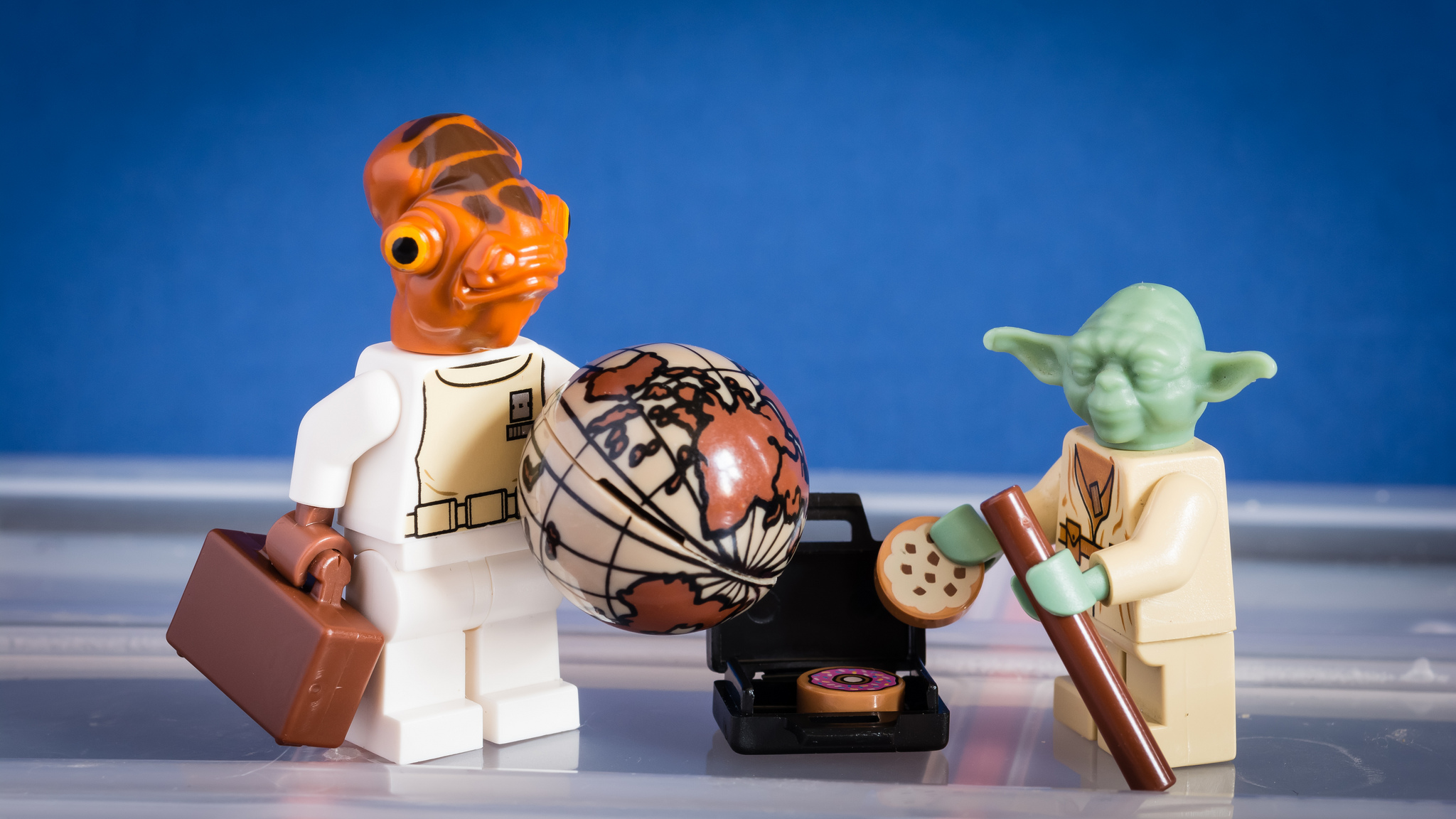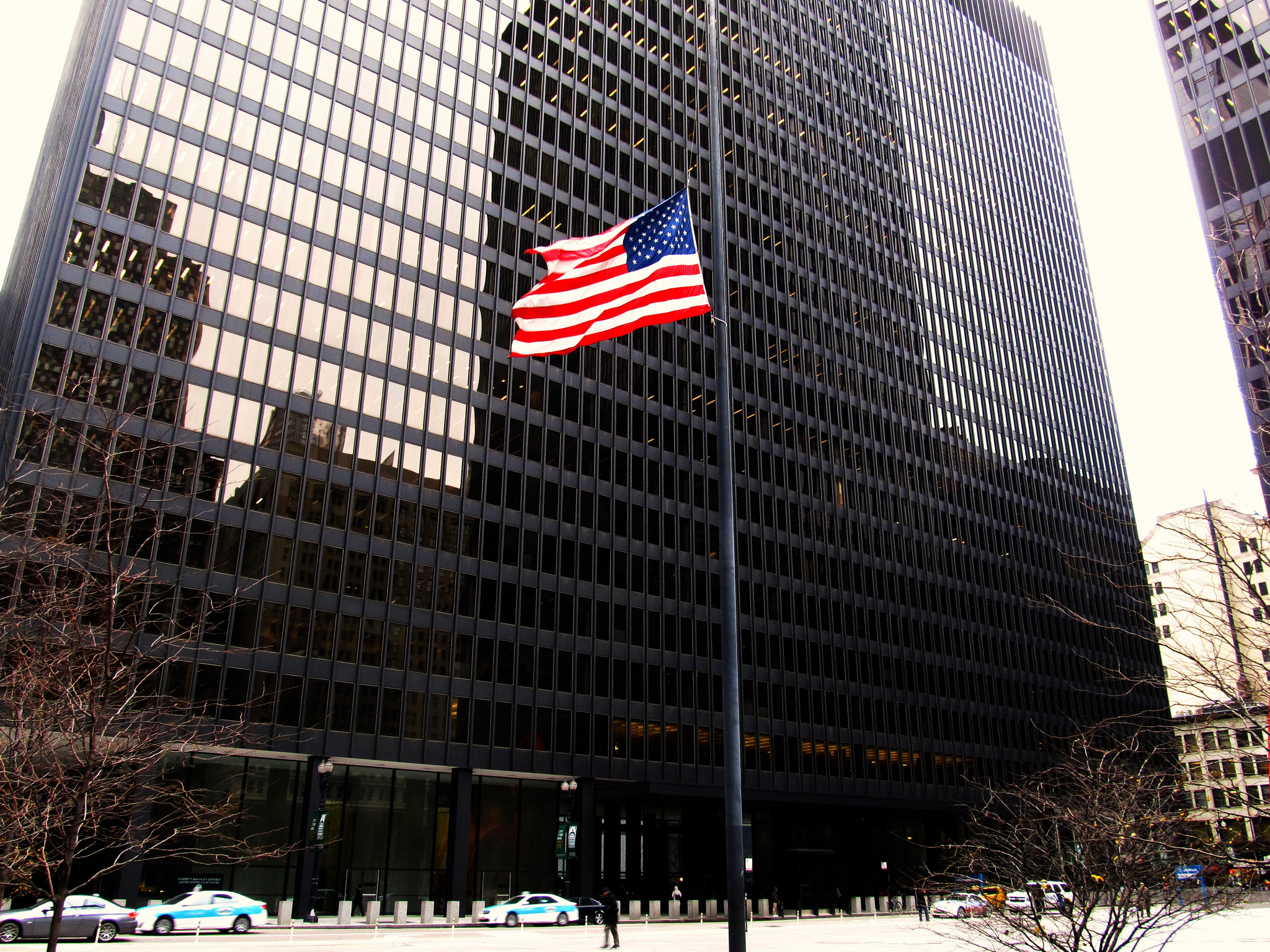By Jason Du Mont, LivSafe Intellectual Property Law Fellow,
In Chicago the streets and billboards are once again flooded with images of four-leaf clovers, bar celebrations, and parades. Much like February 2nd is to Punxsutawney Phil, St. Patrick’s Day marks the first day of the year that many have come out of their homes since winter. To celebrate, we dye the river – and even our beer – green this time of year. Indeed, few cities can match Chicago’s passion for St. Patrick’s Day. So why is the Northern District of Illinois talking about “marking trolls” instead of leprechauns this March?
While it’s not entirely clear why patent attorneys have such a penchant for this mythical creature, trolls are not new to patent law. In fact, the “patent troll” moniker has been pejoratively used since the 90’s to describe entities that enforce their patents to recover large settlements and royalty fees, yet have no intention of utilizing or producing these technologies. (See Humorous examples of patent trolls: 1, 2, 3, 4) The “marking troll,” however, is a new breed of troll that was recently spawned by a Federal Circuit decision in December.
Before discussing this decision, however, it’s important to understand the role that marking plays in patent law. Under the Patent Act, marking is accomplished by affixing the word ‘patent’ or 'pat,' along with the patent number, directly on the product or packaging of the patented item. The ubiquitous nature of these markings in many ways reflects the enormous role that patent protection plays in the marketplace. For example, if you look down at the brown cardboard sleeve around your Starbucks coffee cup, you’ve probably never noticed that it says protected by “U.S. Patent no. 5,205,473 and no. 6,863,644 and related foreign patents pending?” Although marking can be done for marketing reasons, the Patent Act creates an enormous incentive for manufacturers to mark their products. Unless the product is properly marked, the patentee is limited to damages that occur after the infringer has notice of the patent. Marking, on the other hand, acts as constructive notice to the public, and allows the patentee to recover damages for infringement regardless of whether the infringer had actual knowledge of the patent. When it is done deceptively, however, patentees can be sued under the Patent Act for falsely marking their products – and this is where our “trolls” become a part of the story.
In Forest Group v. Bon Tool Co., the Federal Circuit and Judge Kimberley Moore (former Assistant Professor at Chicago-Kent) were recently taxed with interpreting the false marking statute. It states, in relevant part:
Whoever marks upon, or affixes to, or uses in advertising in connection with any unpatented article, the word “patent” or any word or number importing the same is patented, for the purpose of deceiving the public… Shall be fined not more than $500.00 for every such offense.
Although half of the fine must be split with the US government, these qui tam actions were intended to provide the marketplace with an incentive to police itself. Accordingly, any member of the public can file a false marking complaint directly against the manufacturer and keep half of the pot-of-gold for themselves. Before Forest Group, however, most district courts interpreted each “offense” under statute as applying on a per-complaint, and not a per-article basis. To illustrate, if a manufacturer falsely marked an entire product line of laptops, it was only considered one offense under the statute – making the plaintiff eligible for only half of the maximum $500.00 (i.e. $250.00) fine regardless of the number of laptops. As a result of this meek financial incentive, very few false marking actions were ever brought under the statute. Indeed, many patent attorneys bill more per hour than the maximum recovery under the statute!
Nevertheless, the Forest Group court might have finally created the incentive that was necessary to spur plaintiffs into action. Based largely on the statute’s language, the Federal Circuit disagreed with the traditional per-complaint application of the false marking statute. It reasoned that “[t]he statute prohibits false marking of ‘any unpatented article,’ and it imposes a fine for ‘every such offense.’” Although the plaintiff still must prove that the marking was done for the purpose of deceiving the public, false marking actions are potentially much more profitable. Returning to our laptop example, now every single falsely marked laptop in our product line is eligible for a fine of up to $500.00. Despite representing the maximum recovery possible under the statute (i.e. discretionary), this financial lure is largely responsible for the creation of our new green-eyed troll.
In search of a new pot-of-gold, the “marking troll” appellation is now used to describe businesses and law firms that scour the market for manufacturers to enforce the Patent Act’s false marking provision on. While it’s not entirely fair or accurate to cast all of these false marking plaintiffs as trolls, district courts across the country have been flooded with false marking actions since Forest Group. According to the Chicago-Tribune, this March one individual filed 28 complaints in the Northern District of Illinois alone – suing large companies like 3M, Cisco Systems, Pfizer, Merck, and Novartis.
Despite their motives, these plaintiffs might be doing the public a favor. According to Judge Moore, these falsely marked products “deter innovation and stifle competition in the marketplace.” So if another laptop manufacturer sees our falsely marked product on a store shelf, it might be reluctant to enter the market for fear of being sued for patent infringement. This justification, however, seems out of touch with most commercial research and development today. After all, patent protection has become the norm, not the exception in the marketplace. To put things in perspective, in 1842 when the original statute was passed, the Patent Office didn’t even have records of the patents granted before 1836 because a fire had destroyed them all. But today all of its granted patents are freely accessible to the world through the internet.
Consequently, manufacturers are also questioning whether the statute should be amended to require the plaintiff to suffer some actual “competitive injury” (versus presuming harm to the public). Given the lobbying strength these manufacturers have in Washington, it should come as no surprise that these changes are now a part of the Patent Reform Act of 2010. While the other parts of this Act can be found in previous reform efforts, manufacturers’ universal disdain for the false marking statute and its “trolls” may actually become the vehicle that gets these other efforts passed. Until this occurs, however, the Northern District of Illinois and others are going to be preoccupied with “marking trolls” instead of leprechauns this St. Patrick’s holiday!



Leave a Reply